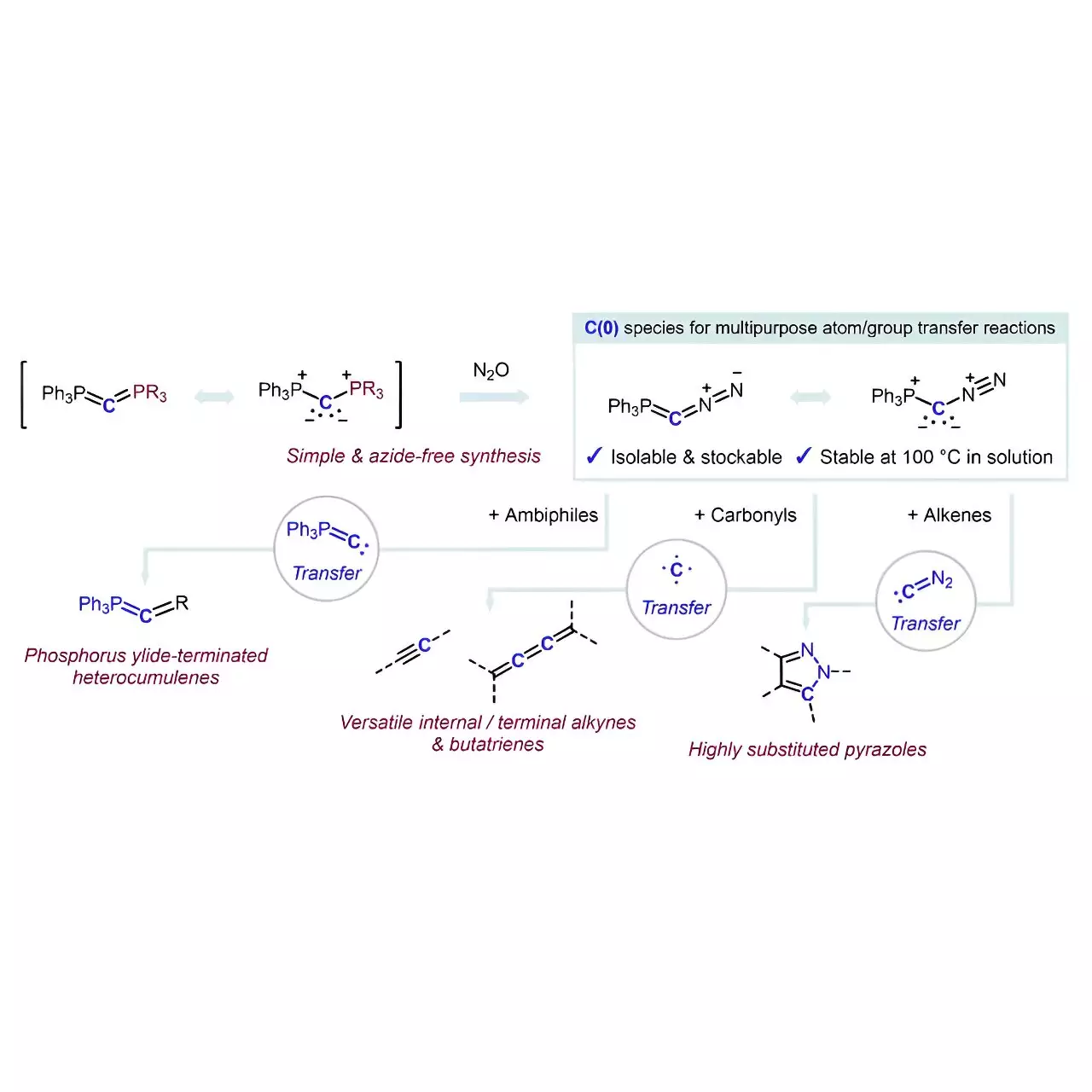Professor Max Martin Hansmann and his diligent research team at the Department of Chemistry and Chemical Biology have unveiled an extraordinary reagent that holds the potential to dramatically change the landscape of organic chemistry. This groundbreaking research, detailed in their publication in *Science*, stems from a project supported by the ERC Starting Grant given to Professor Hansmann in 2022. What distinguishes this reagent is its remarkable ability to selectively incorporate carbon atoms into molecular frameworks—one of the most coveted feats in organic chemistry.
The Eloquent Challenge of Carbon Modifications
The impressive achievement of developing a reagent for carbon atom addition arises from a fundamental challenge within organic chemistry: the intricate task of selectively modifying molecular structures at the atomic level. Professor Hansmann articulates, “The precise modification of molecules at a single-atom level is one of the most elegant transformations in organic chemistry,” highlighting the importance of such advancements. The implications for pharmaceutical research are vast; researchers could achieve the construction of complex drug compounds through shorter synthetic pathways.
However, it’s crucial to recognize the obstacles that come with creating reagents capable of precise carbon transfer. Historically, introducing carbon atoms into compounds has been fraught with difficulty. Yet, Professor Hansmann’s team has tackled this challenge head-on, emerging with a solution that could amplify efficiency and precision in various applications.
Innovative Strategies in Reagent Development
The innovative reagent synthesized by Hansmann’s team serves as both a carbon source and a versatile transfer reagent. The method of development is both ingenious and straightforward, relying on the stabilization of a carbon atom by coordinating it with two neutral electron-donating groups. The result is a largely uncharted class of compounds known as carbones (L1→C←L2), which can now be effectively utilized in various synthetic reactions.
What sets this new reagent apart is its elegant design. By flanking a carbon atom with simple and labile groups, the complexities and hazards typically associated with reagents using diazo compounds—known for their safety risks—are entirely avoided. Their new compound, Ph3P=C=N2, synthesized via a PPh3/N2 exchange reaction using carbodiphosphorane and nitrous oxide, illustrates a new avenue in safe organic synthesis.
Transformative Applications in Future Research
The experimental results presented by the team underscore the efficacy of their newly created reagent. Ph3PC functions as a selective transfer mechanism for carbon fragments without the need for additional additives, simplifying the overall experimental process. The outcomes are promising: the reagent facilitates the transfer of phosphorus ylide-terminated heterocumulenes, showcases interactions with alkenes producing multi-substituted pyrazoles, and ultimately enables efficient carbon transfers to carbonyl compounds, generating diverse alkynes and butatrienes.
With these capabilities, the research opens the door to a multitude of potential applications in late-stage functionalization of complex molecular architectures and the synthesis of higher cumulenes. The implications for pharmaceutical synthesis are particularly noteworthy, as this newfound efficiency could accelerate the development of vital drugs and therapeutic compounds.
The Next Frontier
In advancing this research, Hansmann and his team look forward to exploring the full range of reactivities that their carbon transfer reagent offers. With enthusiasm, Professor Hansmann speculates that this reagent could be instrumental in transforming how chemists approach reaction schemes, possibly leading to a new era in organic synthesis where reactions are not only safer but also more efficient.
The innovative spirit displayed by Hansmann and his colleagues serves as an inspiring reminder of the relentless pursuit of knowledge within the realm of chemistry. By boldly confronting obstacles and paving new paths, Professor Hansmann’s team showcases the transformative power of science—enriching not only academic inquiry but also potentially impacting industries reliant on chemical synthesis.


Leave a Reply